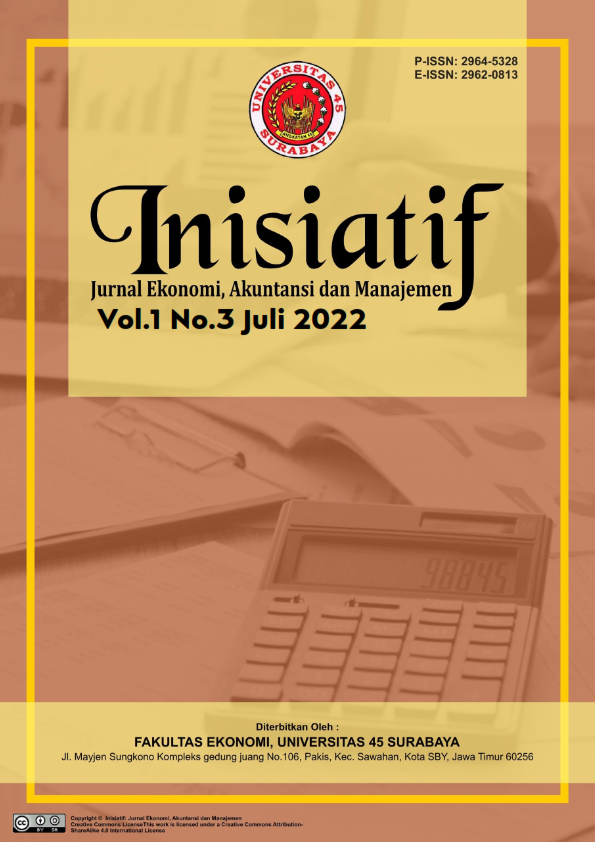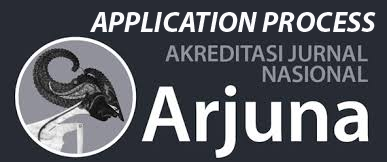Exploring The Nexus Of Principal Leadership, School Management, And Teacher Competence In Fostering Character Building A Qualitative Study Using Bloom's Taxonomy
DOI:
https://doi.org/10.30640/inisiatif.v1i3.2309Keywords:
Character Building, Principal Leadership, School ManagementAbstract
This study aims to investigate the interplay between principal leadership, school management practices, and teacher competence in facilitating character building within educational settings. Employing Bloom's Taxonomy as a conceptual framework, the research seeks to understand how these factors synergize to nurture holistic development among students. The study utilizes purposive sampling to select participants, including principals and teachers, from diverse educational institutions. Data analysis involves thematic coding and triangulation of perspectives. Initial findings suggest that effective principal leadership and strategic school management strategies significantly influence the cultivation of character traits in students. Moreover, teacher competence emerges as a crucial factor in implementing character education initiatives. The study underscores the intricate relationship between leadership, management, and teacher efficacy in shaping a conducive environment for character development in schools.
References
Benny, B., Hermawati, O., Mustikasiwi, A., Djap, W., & Irawan, D. (2021). Students’ Attitude Toward Character Building Courses at Bina Nusantara University. JIIP - Jurnal Ilmiah Ilmu Pendidikan, 4(7), 572–577. https://doi.org/10.54371/jiip.v4i7.315
Berkowitz, M. W., & Bier, M. C. (2007). What works in character education: A research-driven guide for educators. Character Education Partnership.
Braun, V., & Clarke, V. (2006). Using thematic analysis in psychology. Qualitative Research in Psychology, 3(2), 77-101.
Creswell, J. W., & Poth, C. N. (2018). Qualitative inquiry and research design: Choosing among five approaches. Sage Publications.
Durlak, J. A., Weissberg, R. P., Dymnicki, A. B., Taylor, R. D., & Schellinger, K. B. (2011). The impact of enhancing students' social and emotional learning: A meta-analysis of school-based universal interventions. Child Development, 82(1), 405-432.
Guest, G., Bunce, A., & Johnson, L. (2006). How many interviews are enough? An experiment with data saturation and variability. Field Methods, 18(1), 59-82.
Jennings, P. A., & Greenberg, M. T. (2009). The prosocial classroom: Teacher social and emotional competence in relation to student and classroom outcomes. Review of Educational Research, 79(1), 491-525.
Leithwood, K., Louis, K. S., Anderson, S., & Wahlstrom, K. (2004). How leadership influences student learning. The Wallace Foundation.
Lickona, T. (1991). Educating for character: How our schools can teach respect and responsibility. Bantam Books.
Noddings, N. (2012). The caring relation in teaching. Oxford University Press
Ruslaini, R., Chaidir, M., & Permana, N. (2022). Implementasi Taksonomi Bloom Pada Mata Kuliah Kewirausahaan, Kompetensi Dosen Terhadap Niat Berwirausaha Mahasiswa. Refleksi Edukatika : Jurnal Ilmiah Kependidikan, 12(2), 207–214. https://doi.org/10.24176/re.v12i2.6819
Simons, M., Vansteenkiste, M., Lens, W., & Lacante, M. (2016). Placing motivation and future time perspective theory in a temporal perspective. Educational Psychology Review, 28(4), 1-29.
Sugiharti, T., Ruslaini, & Kasih, E. (2021). The Influence of Principal Leadership, PE Teacher Professional Competence and Teacher Workload toward Sports Achievement in Dieng. Jurnal Manajemen Bisnis, 8(2), 205–213.
Waters, L., Marzano, R. J., & McNulty, B. A. (2011). Leadership that sparks learning. Educational Leadership, 68(4), 60-64.
Weissberg, R. P., Durlak, J. A., Domitrovich, C. E., & Gullotta, T. P. (Eds.). (2015). Handbook of social and emotional learning: Research and practice. Guilford Press.
Downloads
Published
How to Cite
Issue
Section
License
Copyright (c) 2022 Inisiatif: Jurnal Ekonomi, Akuntansi dan Manajemen

This work is licensed under a Creative Commons Attribution-ShareAlike 4.0 International License.








